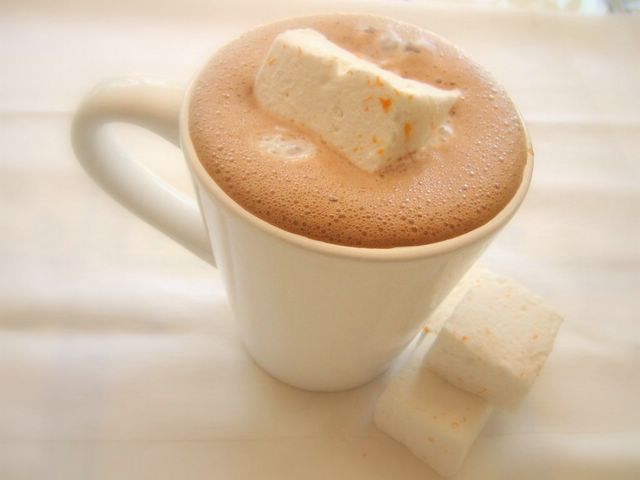Cooking School: Sponge Cake
This cooking school class is about technique because the thing about sponge cakes is that they're not very exciting. They have a wide, open crumb and a relatively coarse texture when compared to butter cakes. This texture is, of course, what gave them the name "sponge cake" in the first place. Though they are not usually the cakes most likely to melt into your mouth, their unique texture makes them them very easy to handle and quite useful. They hold together much better than a crumbly butter cake and are perfect for slicing and filling with jam, rolling into a jelly-roll with whipped cream or even enrobing in chocolate to make a petit four.
Filling a sponge cake has many advantages. First, it offests the slightly dryness that they tend to have. Because the moisture from the filling is so readily absorbed by the cake, it dramatically changes the texture - usually for the better. Sponge cakes can also have a sweet sugar or other flavor of syrup drizzle over them to enhance their texture and flavor, but I prefer to stick with something simple. In the cake pictured here, I used lemon curd, though the combination of lemon curd and raspberry jam together is unbeatable.
To make a cake, simply beat everything until fluffy. Beat the egg yolks, then beat the egg whites and fold into the yolks. Sift flour over the top of the mixture and fold that in, too. Sifting the flour is very important, otherwise you will have hard, unplesant lumps of flour in your cake.
Basic Sponge Cake
4 eggs, separated and at room temperature
1/2 cup plus 2 tbsp sugar
1/2 tsp vanilla extract
1/4 tsp salt
1/4 tsp cream of tartar
Preheat oven to 325.
Grease only the bottom of a 9-inch round cake pan and cover with a circle of parchment paper. Do not grease the sides of the pan.
In a large bowl, beat egg yolks until light, gradually adding in the sugar. Add in vanilla and lemon and set aside.
In a medium bowl, beat the egg whites until frothy, about 1 minute at high speed, then beat in the salt and cream of tartar. Continue beating until the eggs reach soft peaks. Fold egg whites, working in 3 or 4 batches, into the yolk mixture.
Sift the flour over the egg mixture, again working in 3 or 4 batches, and gently fold it in. When the batter is uniform, pour into prepared cake pan and bake unil a tester comes out dry and the top of the cake springs back when gently pressed, about 35-45 minutes.
Allow cake to cool in the pan before cutting around the sides with a sharp knife and turning it out.
Slice the cake into 2 or 3 layers (or squares) and fill as desired.
My recipe for Lemon Buttermilk cupcakes is up, too. They're delicious!



<< Home